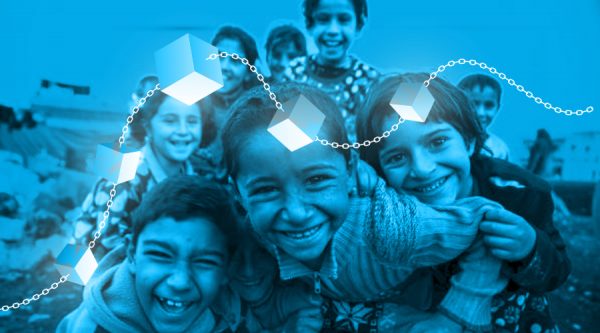This article features how UNICEF uses artificial intelligence technology to benefit children
An inclusive design approach that embraces the participation of young users, their parents, and local communities in the life cycle of an Artificial Intelligence project, is critical for children’s empowerment and for responsible AI innovation. If children are going to interact with AI systems, for instance by sharing their stories and emotions with a companion robot, their perspectives and preferences must be included in the design process, so that the AI application not only fits their needs but respect their rights. Furthermore, the inclusion of children, their guardians, and other relevant local actors can help ensure that AI systems are fair and non-discriminatory. UNICEF’s policy guidance recommends that children should be in a position to use AI products or services, regardless of their age, gender identities, geographic and cultural diversity.
Furthermore, most national AI strategies and major ethical guidelines make only cursory mention of children and their specific needs. For country policies, references to children are most often in the context of preparing them to work in an AI-centric economy. But as children increasingly use or are affected by AI systems in everyday situations, the lack of attention on the opportunities and risks that AI systems hold for children is growing.
When working on the design of AutismVR, a VR and AI-based game that helps parents, educators and siblings empathize and interact with children affected by autism spectrum disorder (ASD), the team at Imìsí 3D conducted interviews and participatory testing sessions involving children with ASD and their caregivers. Interestingly, Imìsí 3D followed experts’ recommended methods for engagement, such as using a communication partner, often a parent, as a proxy to elicit feedback from children with ASD. Building on this inclusive process, improvements were made to the game to better raise awareness about neurodiversity and prevent discrimination, gender stigma, or other prejudices.
AI systems are not magic. Humans design, train, and guide AI, whether they are the people that set AI policies and strategies, the software programmers who build AI systems, those that collect and tag the data used by them, or the individuals who interact with them. This means that if everyone in the AI ecosystem works together, children can grow up in an AI world where their rights are finally safeguarded.
Source: analyticsinsight.net









